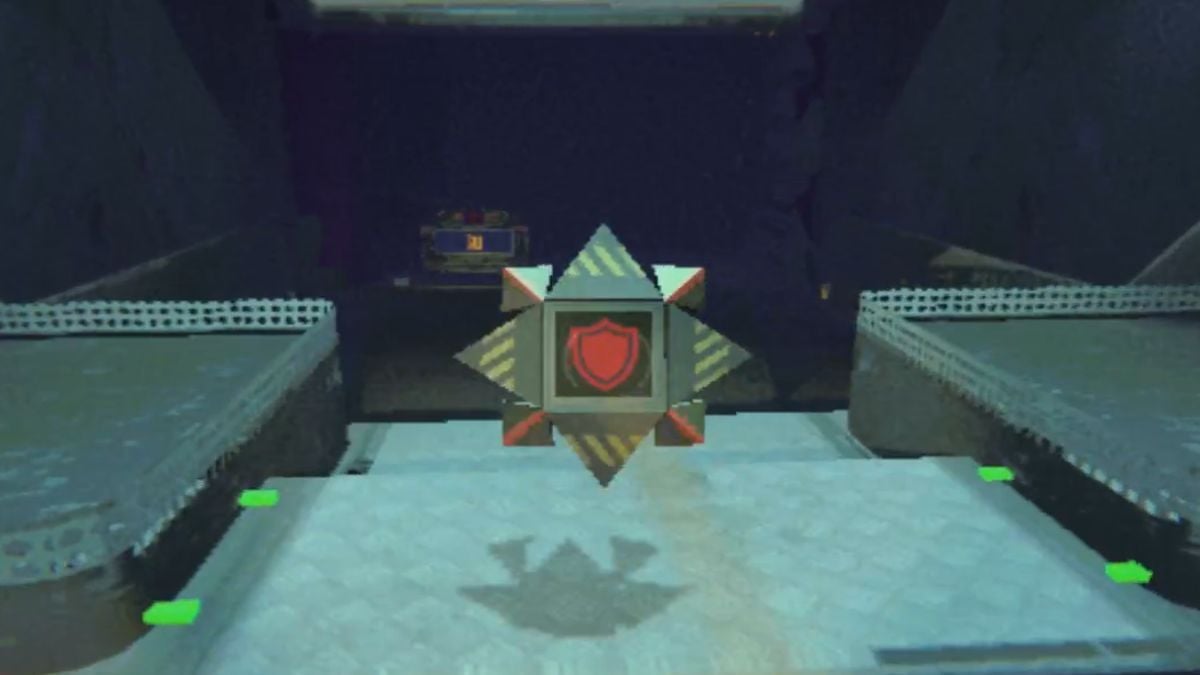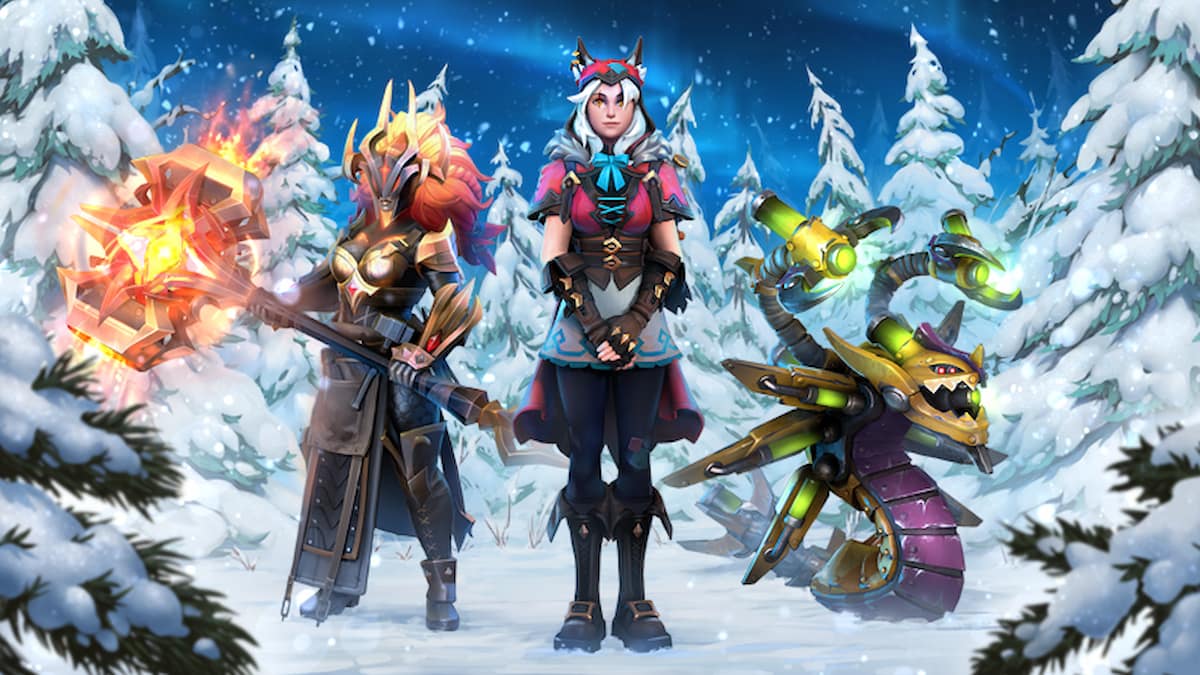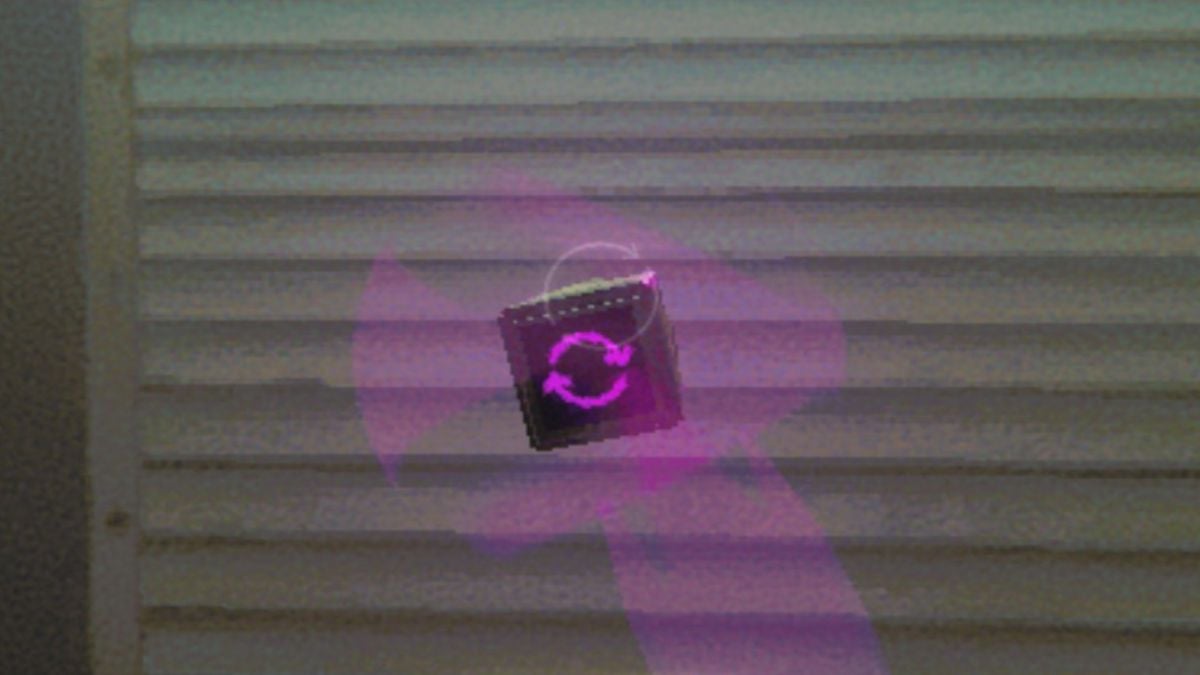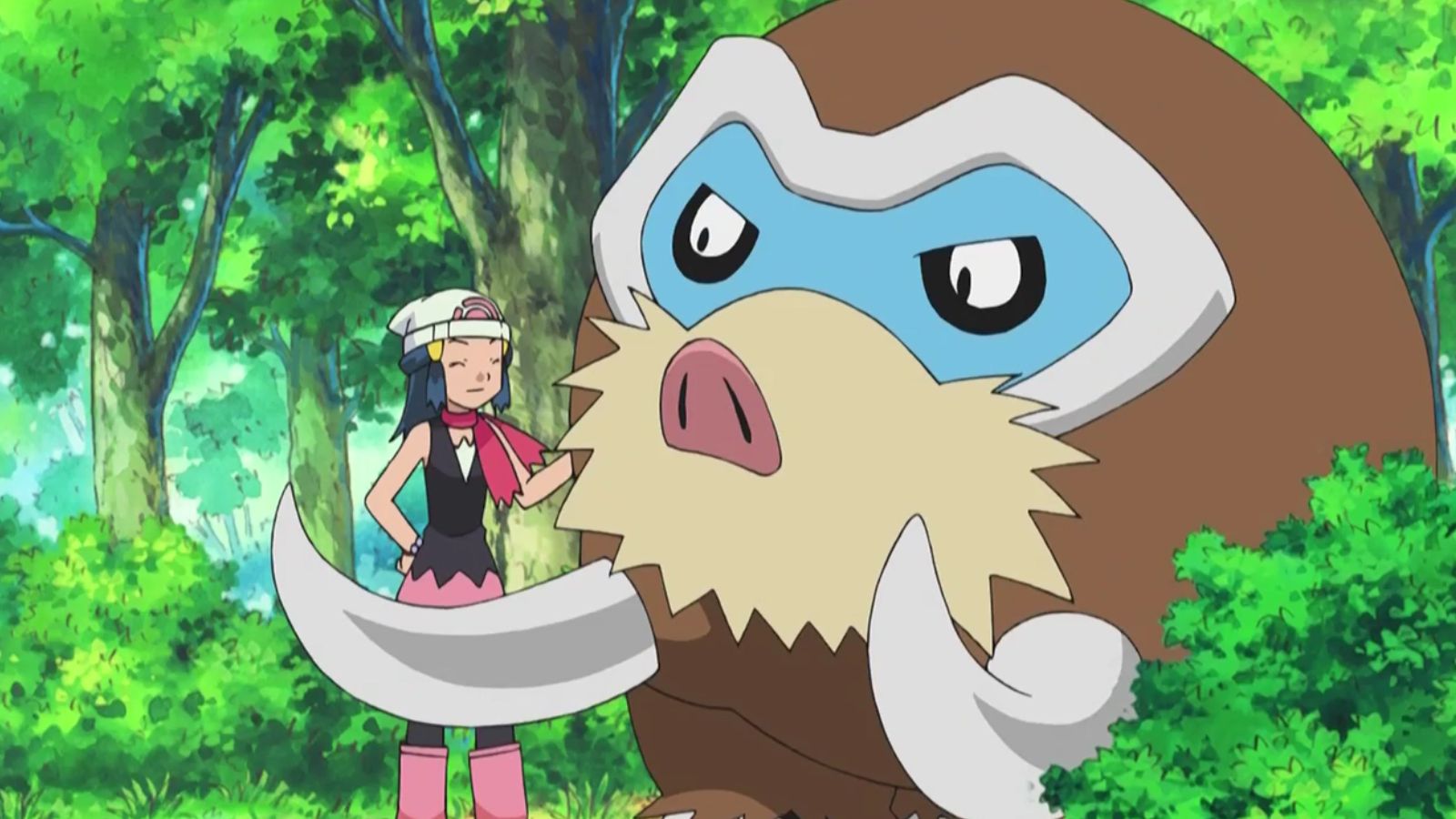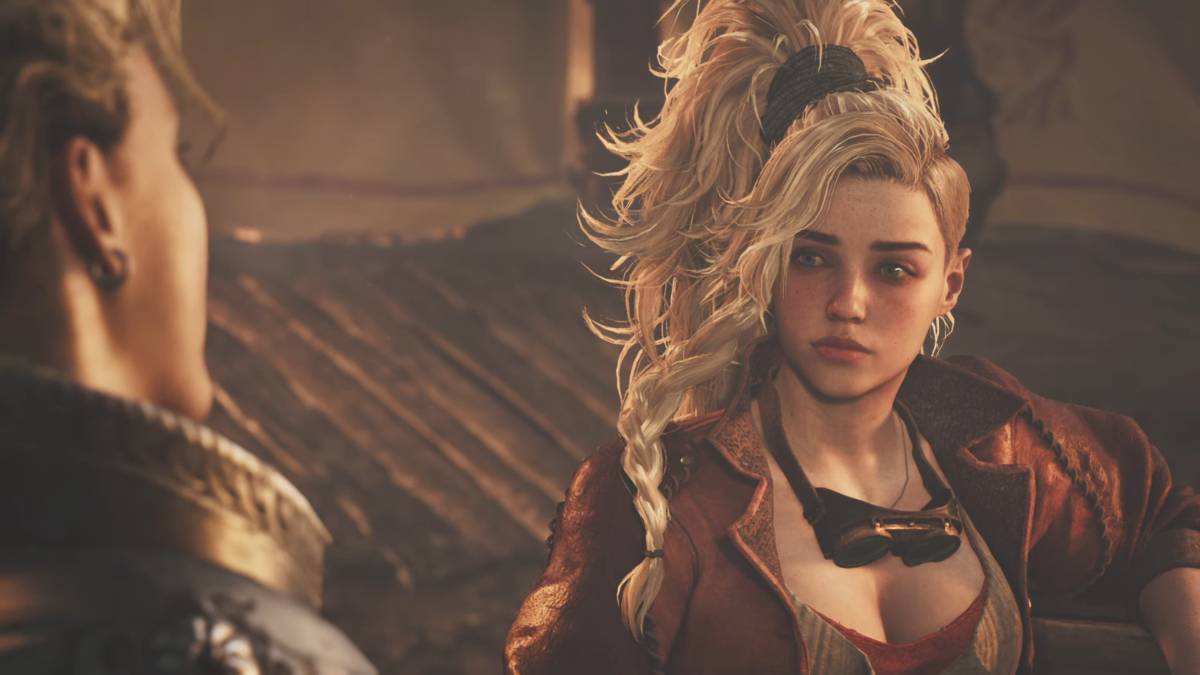
Crimson Desert Echoes Zelda and Assassin's Creed With Its Action-Packed Open World
Last month I went hands-on with Crimson Desert to try out some of its brutal boss battles. I left the demonstration impressed by its fast combat system and spectacular monster designs, but curious as to what the wider world and gameplay of Crimson Desert looks like. What happens between those epic clashes? Now, thanks to a 53 minute gameplay video from developer Pearl Abyss that’s available to watch here on IGN exclusively, I have a much clearer picture. If Crimson Desert’s combat is a mix of God of War and Dragon’s Dogma, then its wider gameplay is more reminiscent of modern Assassin’s Creed and other quest-driven open world adventures.
The gameplay video introduces us to Kliff, Crimson Desert’s protagonist who sports a gruff Scottish accent and a no-nonsense attitude. After a prologue establishes a bloody conflict between the Greymanes and the marauding Black Bears, Kliff’s major goal is made clear: explore the continent of Pywel in search of his surviving Greymane allies who have been scattered following the battle. Kliff also presumably wants revenge against Myurdin, the demo’s first boss fight, considering the Black Bear chief seemingly murdered him. Quite how Kliff remains alive after having his body filled with arrows and his throat slit is a mystery left for the full game.
The bulk of this preview demonstration is set in Hernand, a medieval town populated by a fun range of fantasy races that wouldn’t look out of place in any Tolkienesque fantasy story (look out for the giants and the antlered elf-like beings among the crowds). Similarly, Kliff’s interactions around its beautifully rendered streets are very much what you’d expect of a modern open world adventure game – there’s a horse you can whistle for, NPCs to be spoken to (via cutscenes, there’s no dialogue options here) and hostile regions to infiltrate. That last one is where Crimson Desert has a little fun, as the demo shows Kliff changing into Hernandian Banquet Attire in order to walk past a castle’s guards unnoticed, much like how you can wear disguises in games like Hitman and Kingdom Come: Deliverance. I hope there are plenty of opportunities to do this, and various outcomes to your trickery; it would be fun if you could use disguises to open up new conversations as well as gain entry to forbidden zones.
Inside the castle, Kliff pilfers an ‘Abyss Artifact’, which is where Crimson Desert gets a little more unusual. The device opens up a pixelated portal in a wall, and walking through it transports Kliff to a digital-like realm (reminiscent of the Animus in Assassin’s Creed) that leads to the Library of Providence. There, an alchemist called Alustin reveals that the Library is at the centre of all worlds and that there are beings who plan to bring “everything to nothingness”. While I can’t say I’m impressed by Crimson Desert’s writing in this demo – this exchange and others feel cluttered and wrapped up in themselves – it does point to a much grander, more mythical plot beyond Kliff’s hunt for his allies. That ambition of something larger is made abundantly clear when Alustin’s ally, White Crow, gives Kliff the glider-like ‘Crow Wings’ ability, which allows him to leap off the Library’s floating island and reenact Zelda: Tears of the Kingdom’s title sequence. It’s a little bold to use this motif – can Pearl Abyss really craft something that lives up to the wider meaning of that iconic visual? – but even if it falls short, the magnificent view and subsequent glide to earth is a thrill all the same.
Back on the ground in Hernand, Kliff soon finds himself in a duel with a local knight. It’s another good example of Crimson Desert’s fight mechanics (more on that in our gamescom preview), but it also triggers the start of the demo’s major questline. Impressed by Kliff’s combat prowess, a local peacekeeper tasks him with finding and eliminating some local bandits who fight using a red mist. Heading out in search of such villains, Kliff comes across a burning house and throws nearby vases of water to save the clergyman trapped inside. It’s not clear from the demo if such objectives organically occur around the map, Red Dead Redemption 2-style, but what is soon clear is that this blaze is the work of those aforementioned bandits. The local church says one of their men, Hubert, fled the scene in an attempt to bait the enemies away and asks Kliff to find him. payment is another one of those Abyss Artifacts, once again suggesting the worlds-beyond-worlds are of high importance to Crimson Desert’s story. I hope this results in a decent amount of weirdness that helps set the largely typical setting apart from other fantasy games.
Pearl Abyss is making good progress in its transition from Black Desert Online’s MMORPG into single player territory.
Hubert is found at a bandit camp that allows the demo to show off Kliff’s stealth abilities. It’s pretty classic stuff and looks very reminiscent of silent takedowns in the Assassin’s Creed games – not particularly challenging, but an alternative option to Crimson Desert’s more publicised melee brawls. Hopefully when we go hands-on again, stealth will prove a worthwhile addition rather than a shallow tacked-on extra.
With Hubert freed, Kliff is approached by the goblin Shakatu, a merchant of the Goldleaves guild. He explains that the Goldleaves are currently under the command of the evil Split Horn, someone Kliff must now kill. In return, Shakatu offers money and his services, things Kliff believes will be helpful in finding the missing Greymanes.
Arriving at the Goldleaf camp, it quickly becomes clear how all these quests are linked. The goblin guards use red mist as part of their battle tactics, and so reveal themselves as the very same miscreants that were causing trouble for the people of Hernand. And so Split Horn’s death not only allows Shakatu to take over and help Kliff, but also fulfils the task set by the peacekeeper back in town. I hope Crimson Desert features plenty more of these overlapping goals and storylines, and forms a wider narrative that feels enjoyably interlaced. That would certainly make up for the uneven quality of the writing shown in the demo.
Split Horn (who, amusingly, looks more like a bobblehead elf than any of his goblin brothers) acts as the culminating boss fight of the demo. He’s as agile and aggressive as Crimson Desert’s speedy combat demands, wielding a sword that emits blasts of wind in vertical and horizontal patterns, forcing Kliff to dodge and block as he attempts to close the distance. Unlike the bosses featured in the gamescom demo, though, he has just one health bar and doesn’t put up quite as much of a fight. It’s over soon enough, further suggesting that the game will feature a variety of challenges big and small – add ‘small windy Joffrey’ to a list that already contains ‘mega wrestler with stag antlers’, ‘the abominable snow deer’ and ‘a literal mountain’.
This new look at Crimson Desert continues to show that Pearl Abyss is making good progress in its transition from Black Desert Online’s MMORPG into single player territory. I don’t think anything shown in this demo particularly breaks new ground – much of it is very familiar if you’ve played the likes of modern Zelda, Assassin’s Creed, or The Witcher 3 – but it nonetheless looks largely well put together. While I do hope that the Abyss Artifact storyline goes suitably off-the-wall, I’d like to see the more typical fantasy storylines find suitable hooks to ensure regular gameplay feels more varied and creative than what we’ve seen so far. With a combat system that shifts from classic sword-and-board action to slingshotting Spider-Man-style around a walking mountain, the questing and exploration side of Crimson Desert ideally also needs to aspire to that kind of diversity. But even if it doesn’t, this latest slice of gameplay certainly suggests that the bridges between epic boss battles will be solid, if not the most memorable aspect of the experience.
Matt Purslow is IGN’s Senior Features Editor.



